CAMPION, RED AND WHITE
There are two types of campion locally; one red and one white.
RED CAMPION : Silene dioica
Also known as red catchfly.https://en.wikipedia.org/wiki/Silene_dioica In spite of its name it is really quite pink.
During the magical month of May many flowers appear, mainly white or yellow, but then pink ones begin to appear amongst them. One that is is quite conspicuous is red campion. In spite of its name, it is more a strong pink than actually red. Before long they have established distinctive displays of their own and can be seen along some of our walkways such as in the photos below along the Leven towpath.
They have 5 petals each of which is double so giving the impression of many more. These are fused at their base to form a tube surrounded by a purple-brown calyx (protective sheath). Red campion is dioecious, meaning the male and female flowers grow on separate plants.
The leaves are a bright green and if you look carefully you will notice that they are hairy.
The Woodland Trust tells us that the red campion has been mentioned in various poems including Summer Woods by the poet Mary Howitt. Red campion’s genus name, Silene, probably derives from the Greek word ‘sialon’, which means saliva, in reference to the gummy substance the plant secretes on the stems. Folklore tells that red campion flowers guard bees’ honey stores, as well as protecting fairies from being discovered.
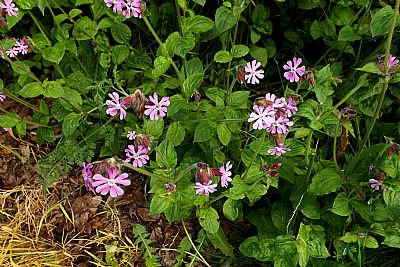
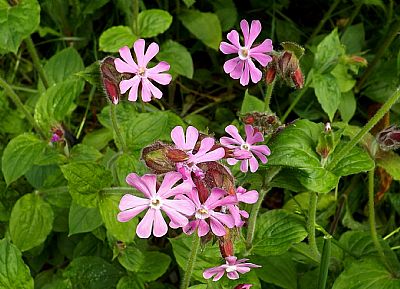
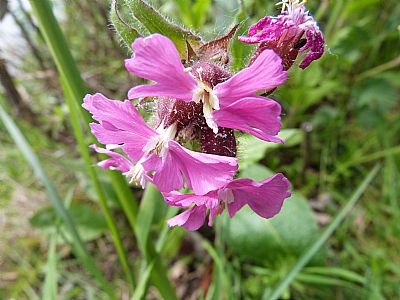
Well into May.
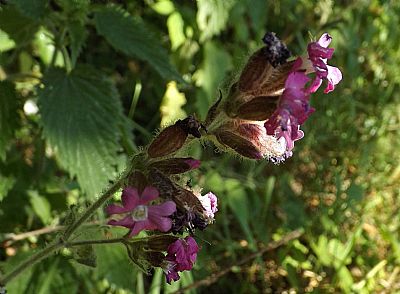
By mid June the flower heads are wilting a bit, but the seed section is becoming more evident.
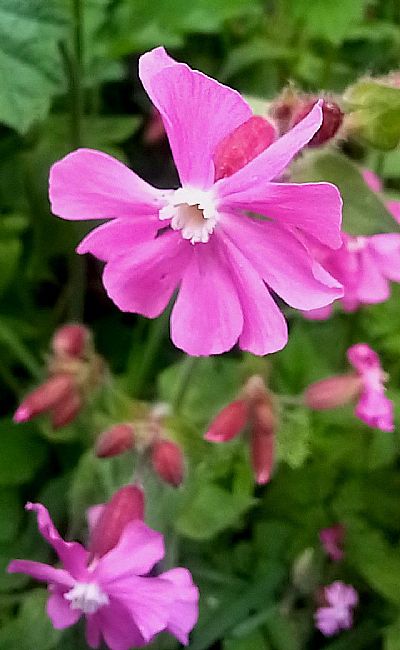
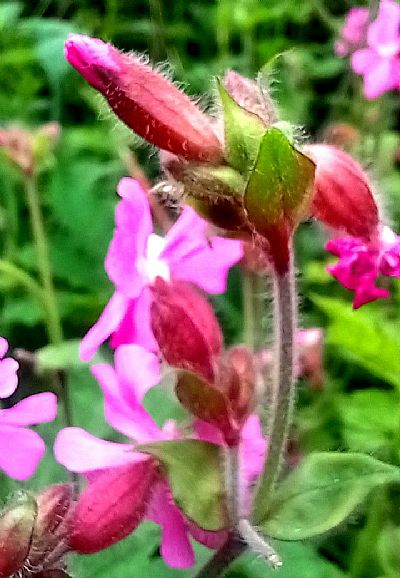
WHITE CAMPION : Silene latifolia
White campion has white flowers with five petals, each with distinctive deep notches that make them look like twice the numbers. its oval leaves and stems are hairy. In places where it grows alongside red campion, the two may hybridise to produce pinky or white blooms. Locally we find either white or pink with the pink being considered simply "pale red" and a separate, but related species. (See above).
At night the blooms produce a heady scent, attracting many feeding moths.
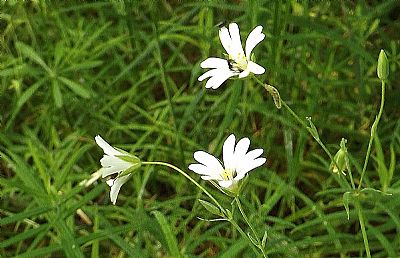
White campion in the RSPB Loch Lomond reserve in June.
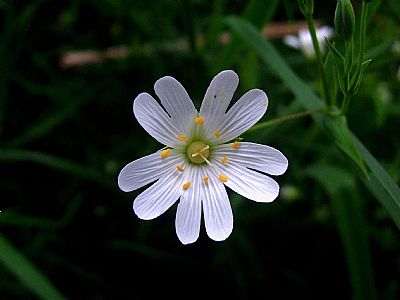
Craigandro Woods, May
WIKIPEDIA : https://en.wikipedia.org/wiki/Silene_dioica
WILDLIFE TRUST : https://www.wildlifetrusts.org/wildlife-explorer/wildflowers/red-campion and https://www.wildlifetrusts.org/wildlife-explorer/wildflowers/white-campion
WOODLAND TRUST : https://www.woodlandtrust.org.uk/trees-woods-and-wildlife/plants/wild-flowers/red-campion/

